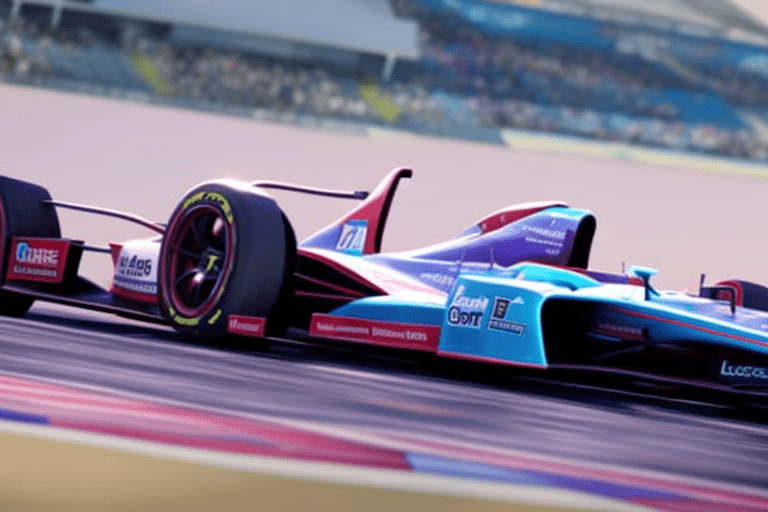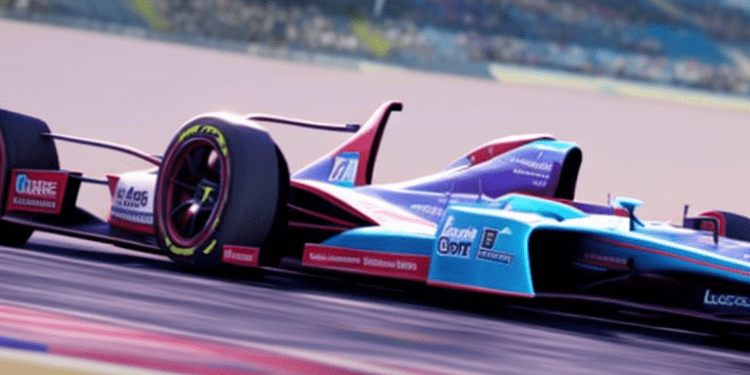The ABB FIA Formula E World Championship is making its debut in South Africa this weekend, and the City of Cape Town is ready to host its first E-Prix. This electrifying event is not only a great opportunity for racing enthusiasts to experience the world of electric racing, but it also helps reduce environmental impact in the sector and shows how far electric mobility has come.
The 3rd generation Formula E racer has a 600kW powertrain, with a 284kg battery pack and 51kWh capacity. This allows the cars to reach top speeds of 320 kph, and they will be racing on a 2.94-kilometer, 12-turn track that runs from Vlei Road down Beach Road in Mouille Point and Fritz Sonnenberg Road. Spectators will be able to watch the race with Signal Hill and other famous Cape Town landmarks as the track backdrop.
The City of Cape Town is one of the sponsors of the event, and they are looking forward to showcasing their scenic route around the iconic Green Point Precinct under the shadow of Table Mountain. Not only will this event bring economic benefits to the city, but it will also help improve road infrastructure for the precinct and allow for better access for non-motorised transport.
The Cape Town E-Prix is a great way to raise awareness of the adverse effects of air pollution, and it will also help build a new following in this part of the world, especially with the younger generation. With over 20,000 people expected to line up in spectator areas along the track area, this is sure to be an exciting event that will help transition to a greener future.
FAQ
Q1. How electric car chargers work?
A1. Electric car chargers work by connecting to an electrical outlet and providing power to the car’s battery. The charger then converts the electricity into a form that the car’s battery can use.
Q2. What electric car has the longest range?
A2. The Tesla Model S has the longest range of any electric car currently on the market, with a range of up to 370 miles on a single charge.
Q3. How electric car batteries are recycled?
A3. Electric car batteries are recycled by breaking them down into their component parts and then separating out the metals, plastics, and other materials for reuse. The metals are melted down and reused in new products, while the plastics and other materials are recycled into new products.







